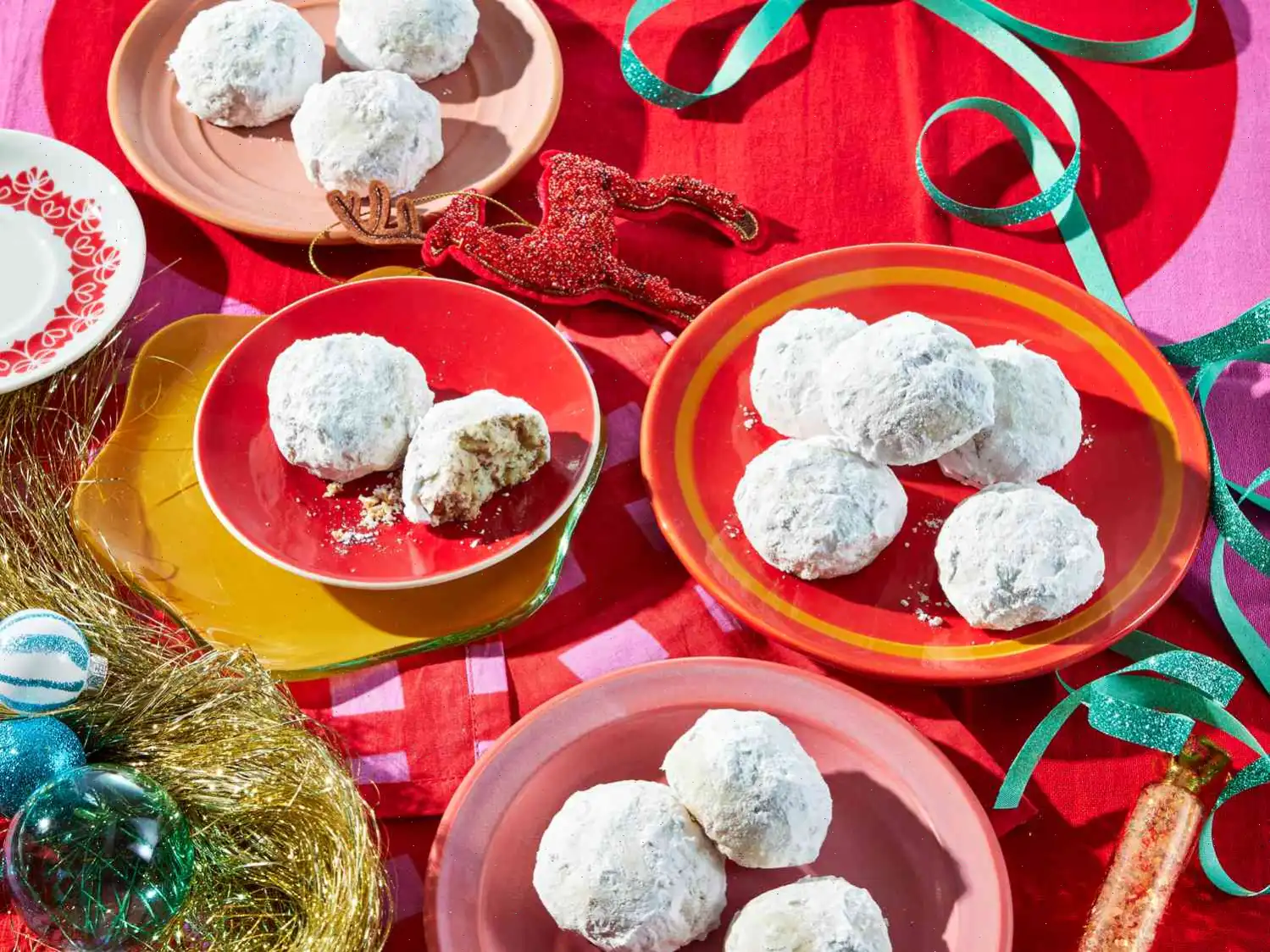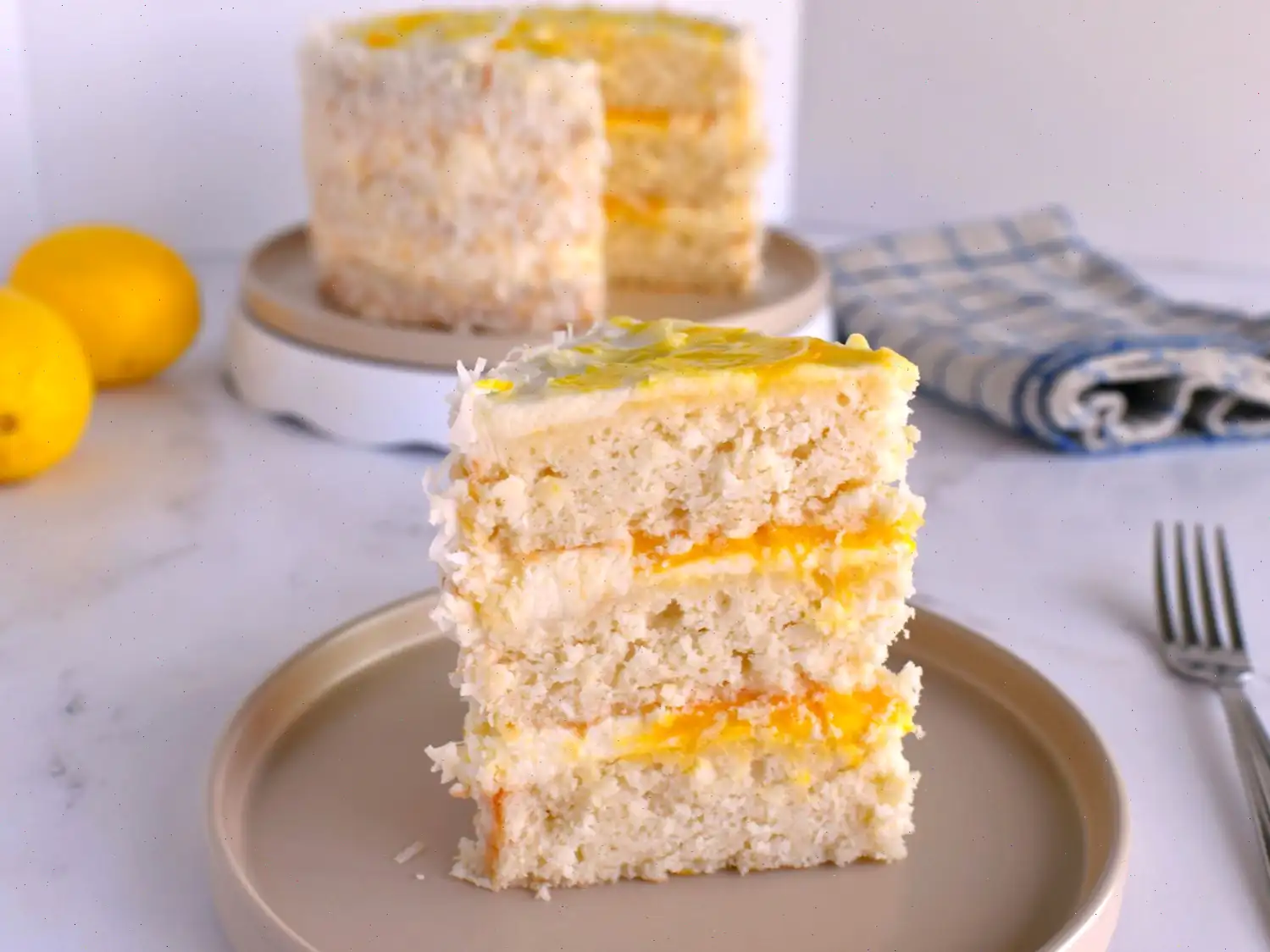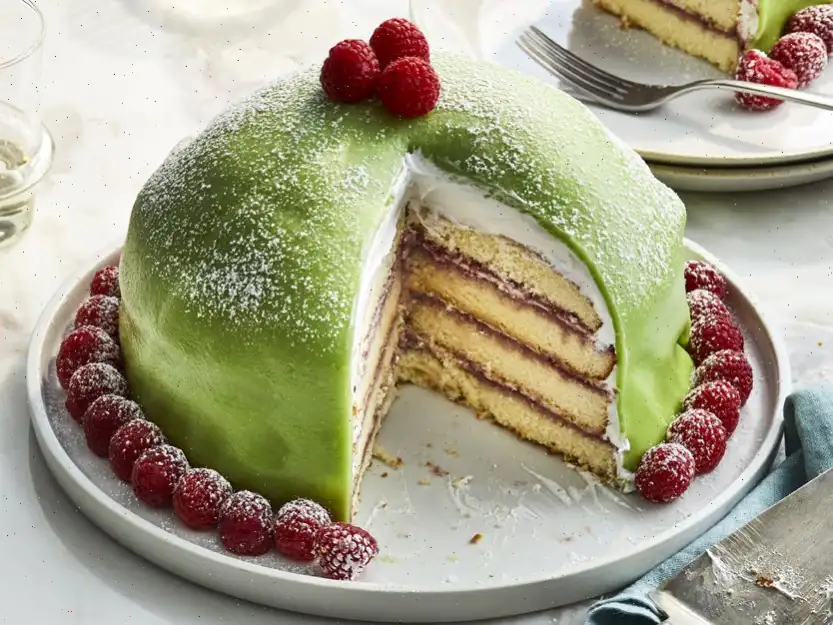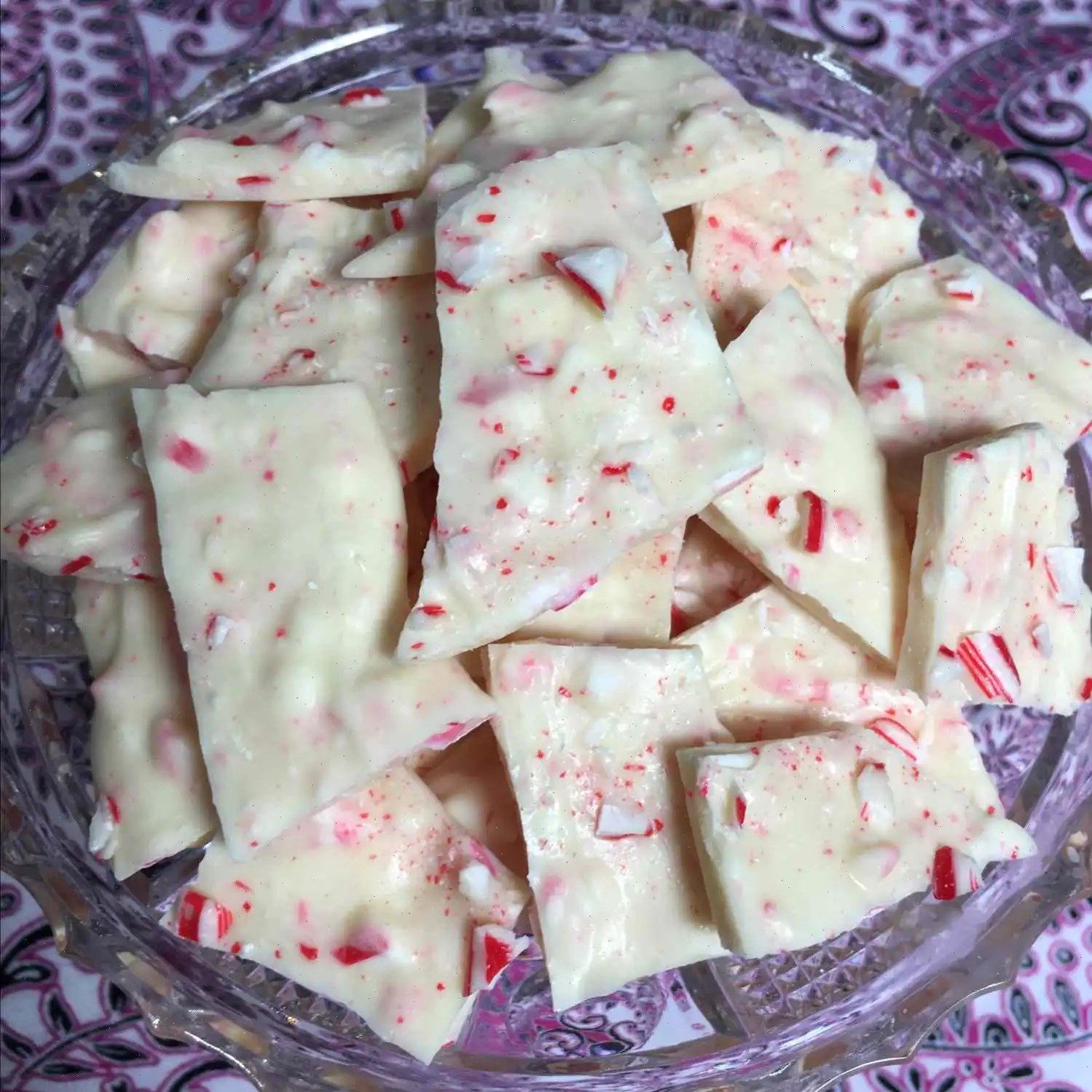
Ruthie’s Scandinavian Christmas Cookies Recipe
Scandinavian Christmas cookies have been a holiday tradition in our family for over 40 years, and perhaps even longer with our parents. These cookies were taught to me by my mother-in-law, Ruth Backus (or Ruthie, as my father-in-law called her), shortly after I married her son Dick Backus on September 9, 1983. Ruthie and Ed, my father-in-law, loved to travel around Europe, particularly enjoying the cultures of Denmark and Austria. They cherished the pastries of these regions, as well as the famous Viennese chocolates. The Scandinavian Christmas cookies became a beautiful blend of their travel memories and cherished holiday traditions, passed down to future generations.
Ruthie, who always had a love for cooking, inspired me greatly. She shared her Joy of Cooking with me, a well-worn copy of the book with handwritten notes like "Caught Ed with this one." Ruthie would bake a dozen different types of cookies each holiday season, but it was the sweet, crumbly, pecan-filled Scandinavian Christmas cookies that became my favorite. She would carefully pack these cookies into various mailing tins, wrapping them with festive bows and paper, and send them to loved ones across the country. My husband and I were fortunate to live just 8 hours away from their retirement home in Prescott, Arizona. For me, the holidays were meant to be spent in the snowy retreat of Prescott, enjoying the powdered sugar-coated delights of Scandinavian Christmas cookies!
These cookies are easy to make, requiring just six ingredients. Theyre rolled into balls, baked, and then dusted with additional powdered sugar. They are delicious when served warm, and even better the next day! Ruthie shared many of her familys favorite recipes with me, and these cookies were one of the most treasured gifts she passed along. Now, I continue the tradition, baking them every year for my husband and for gifts to family and friends.
Ingredients
- 1 cup unsalted butter, softened
- 2 cups whole wheat pastry flour
- 1 cup confectioners' sugar
- 1 cup chopped pecans
- 3 1/4 teaspoons water
- 1 tablespoon vanilla extract
- 1/2 cup confectioners' sugar (for dusting or rolling)
Directions
Step 1: In a large bowl, combine the softened butter, whole wheat pastry flour, 1 cup of confectioners' sugar, chopped pecans, water, and vanilla extract. Mix well until the dough comes together smoothly.
Step 2: Preheat your oven to 325F (165C) and line a baking sheet with parchment paper.
Step 3: Roll the dough into small 1-tablespoon-sized balls and place them on the prepared baking sheet. Be sure to leave some space between the cookies as they will spread slightly during baking.
Step 4: Bake the cookies in the preheated oven for about 14 minutes. The bottoms should be light golden brown, while the tops will remain pale. Be careful not to overbake them.
Step 5: Allow the cookies to cool completely on the baking sheet. Once they have cooled, dust or roll them generously in powdered sugar for that signature snowy appearance.
Nutrition Facts (per serving)
- Calories: 102
- Total Fat: 7g (9% DV)
- Saturated Fat: 3g (16% DV)
- Cholesterol: 13mg (4% DV)
- Sodium: 1mg (0% DV)
- Total Carbohydrates: 9g (3% DV)
- Dietary Fiber: 1g (3% DV)
- Total Sugars: 4g
- Protein: 1g (2% DV)
- Calcium: 6mg (0% DV)
- Iron: 0mg (2% DV)
- Potassium: 37mg (1% DV)
Note: Percent Daily Values are based on a 2,000 calorie diet. Your daily values may be higher or lower depending on your calorie needs. Please consult a doctor or dietitian for specific dietary advice if following a medically restrictive diet.
The Story Behind Ruthies Scandinavian Christmas Cookies
Scandinavian Christmas cookies have a rich history rooted in the festive traditions of Northern Europe, particularly in Denmark, Sweden, and Norway. These cookies, often known as snowballs or pecan-studded treats, were originally baked to celebrate the winter holidays and the arrival of Christmas. Families would gather to prepare large batches, sharing them with neighbors and friends as tokens of goodwill and festive cheer. Over time, these cookies traveled across continents, brought to the United States by immigrants who wanted to preserve the warmth and flavors of their homeland.
Regional Variations and Distinctive Features
While the base ingredients remain consistentflour, butter, sugar, and nutsregional differences subtly alter the flavor and texture of these cookies. In Sweden, for example, almond flour is often added, giving the cookies a slightly denser, richer texture. Danish versions may incorporate cardamom or other spices, creating a warm, aromatic profile. Ruthies recipe uniquely uses whole wheat pastry flour and pecans, combining the nutty sweetness of the pecans with a lighter, crumbly dough, making it both distinctive and approachable for home bakers.
How These Cookies Differ From Similar Treats
Though sometimes compared to Mexican wedding cookies or Russian tea cakes, Scandinavian Christmas cookies are generally lighter and less sweet. The emphasis on subtle nutty flavors and delicate texture sets them apart. Unlike some of their richer counterparts, Ruthies cookies maintain a soft center while achieving a slightly crisp exterior, offering a balance of textures that is particularly satisfying when dusted in powdered sugar.
Traditional Settings and Serving Suggestions
These cookies are typically served during holiday gatherings, often alongside coffee, mulled wine, or hot cocoa. In Scandinavian households, they might appear on festive dessert trays, paired with gingerbread cookies and other traditional sweets. They are also commonly packaged in decorative tins as gifts for friends and family, maintaining a cherished holiday ritual that emphasizes generosity and celebration.
Fun and Fascinating Facts
- Scandinavian Christmas cookies were historically made with locally sourced nuts such as almonds, hazelnuts, or pecans, depending on availability.
- The powdered sugar coating symbolizes snow, evoking the wintry landscapes of Northern Europe and adding a whimsical touch to holiday tables.
- Many families have unique twists on the recipe, passed down for generations, making each version a personal family tradition.
- In Scandinavia, these cookies were often baked in large batches to last throughout the holiday season, reflecting the long, dark winters and the need for festive indulgence.
Ruthies Scandinavian Christmas cookies exemplify the perfect blend of tradition, simplicity, and flavor, offering a timeless treat that continues to bring joy to holiday celebrations around the world.
You can listen to this recipe in AI audio format. Simply click the play button below to listen to the content in a format that suits you best. It’s a great way to absorb information on the go!
FAQ about Ruthie’s Scandinavian Christmas Cookies Recipe
Comments
CyanDate7649
12/24/2024 03:29:59 PM
I have always made these but add 1 teaspoon of lemon zest, ground hazelnuts and vanilla powder sugar.
AceChive5878
12/14/2024 06:45:01 PM
I've made these for years now. Always made them with ground walnuts, much better flavor.
Alexander Hernandez
12/14/2024 06:50:04 PM
Tried it today — nailed it perfectly.








